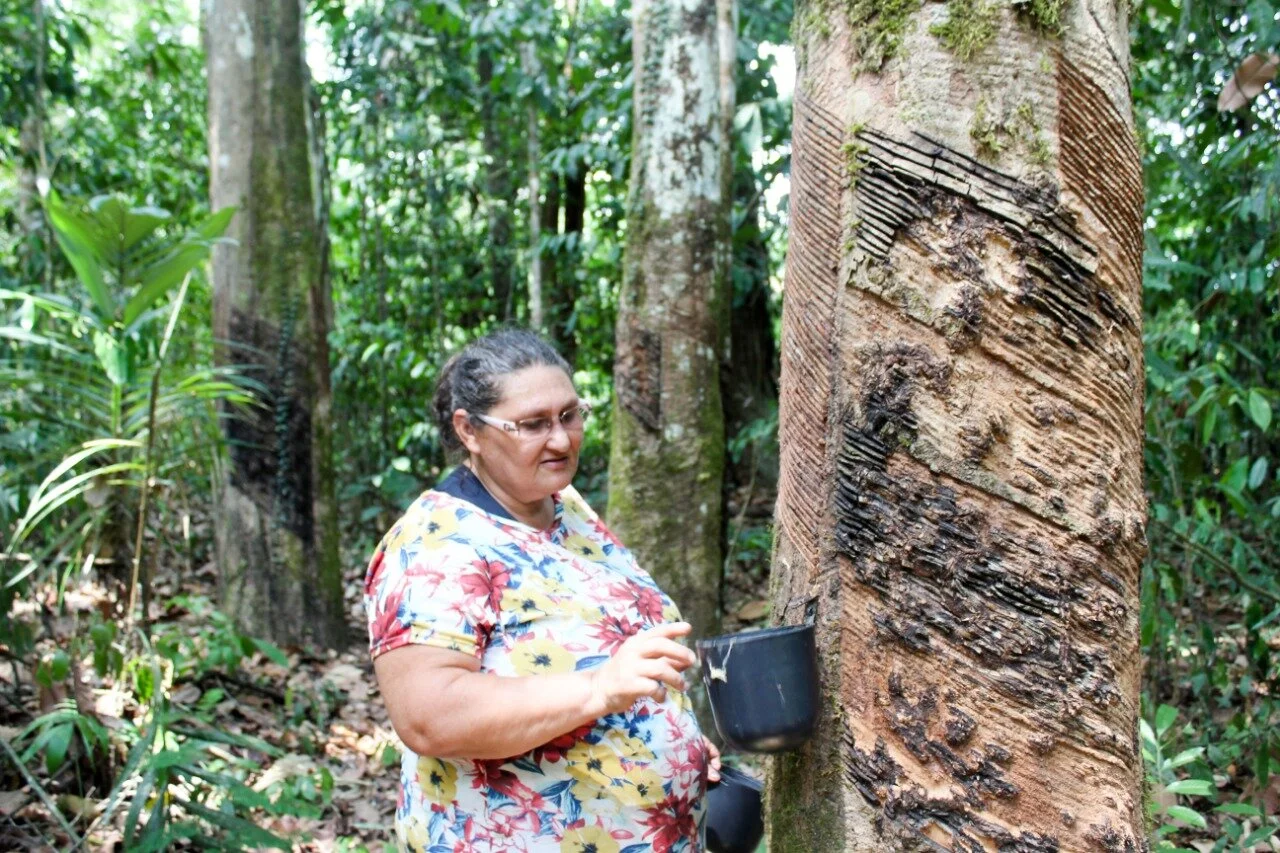
Empowers
NESsT launched Empowers, a program that engages high-growth corporations who recognize the improved performance that comes from employing at-risk youth and women and creating more diverse workplaces.
In order to effectively integrate underserved job-seekers in the workplace, NESsT convenes social enterprises, corporates, and jobseekers to solve the bottlenecks that have historically prevented employers from training and employing diverse leaders in the workforce. One example of an Empowers enterprise is Mozesz ITy, a social enterprise founded by Coders Lab IT School that runs boot camps for youth upon exiting foster care thus preparing them for careers in tech in Poland.

Biodiversity Incubator
The Biodiversity Incubator catalyzes biodiversity enterprises that operate in the Amazon-Andes region. It does this by engaging conservation organizations and investors who recognize the power of indigenous-led enterprises. These enterprises provide attractive, quality job opportunities to their local communities so that they can move away from unprofitable, environmentally-damaging, and often illegal economic activities.
The program makes financing and business assistance accessible to the biodiversity enterprises so that they can grow their operations, protect the forest, and hire more people. The program targets businesses in Brazil, Colombia, Ecuador, and Peru, which represent key countries in the fight against deforestation and where NESsT has operated since 2006.

Gender Lens Investing
NESsT’s current portfolio companies are 51% women-owned and 44% of the senior management teams are comprised of women. Historically, half of the jobs created by NESsT portfolio companies have employed women and 70% have targeted women as employees, suppliers, or as clients. Given these characteristics, NESsT was convinced it needed to develop gender metrics and gender-inclusive practices both from a moral and a business perspective.
In less than 8 months, we assessed our current impact investing framework, we proposed a new gender lens framework and set of metrics, we tested these with our entrepreneurs and the people they impact and based on what we learned, we have created and are implementing a new framework. This has meant adjusting our impact measurement tools, working with our portfolio to ensure that they understand the gender dynamics of their business, and supporting them to incorporate gender-inclusive policies and practices.



